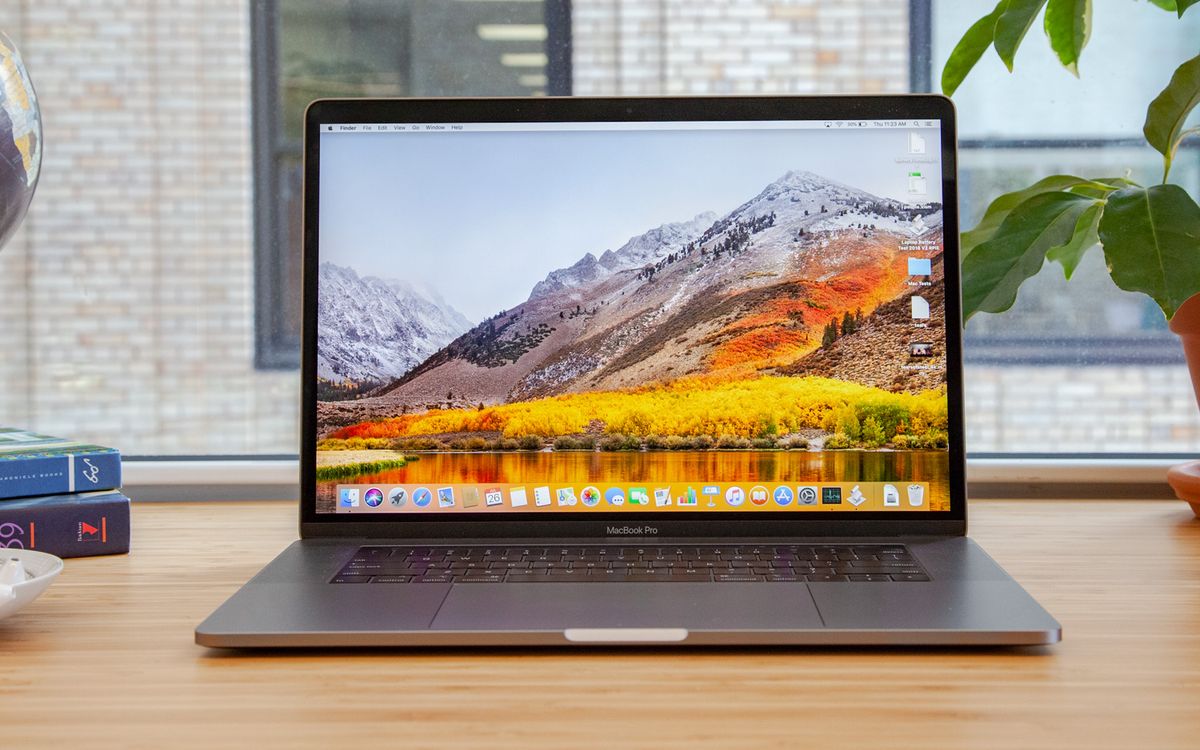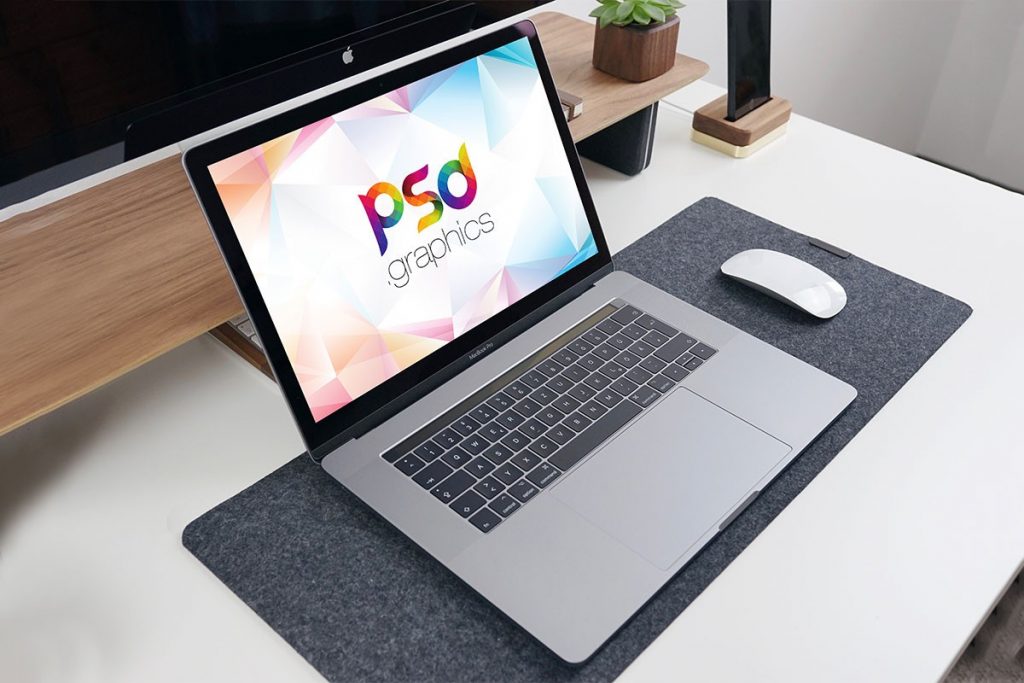



Over the years wrote a few popular guides on using Nvidia GPUs on the Mac and wrote a lot about Mac GPUs as part of my monstrous The Definitive Classic Mac Pro (2006-2012) Upgrade Guide. It was a crazy leap of faith as I read some guy who claimed to have done it on (once a powerhouse of a website for power users) and then reported back the steps I used to flash the card to the community. It's a particular topic that interests me as it dates back to when I bought my first Nvidia GPU in 2001, a VisionTek GeForce 3, and used DOS with nvflash.exe to load the Mac Firmware onto the GPU. I've tried to piece together the narrative as told by many news reports over the years, much of it I read as it was happening. It's Apple's management doesn't want Nvidia support in macOS, and that's a bad sign for the Mac Pro is a great first stop, but it's a bit dated and self-referential. Still, I have to give them credit as they've followed the Apple/Nvidia saga better than any other publication. For the software, PC users need to have at least Windows 10 64-bit, while Mac users require at minimum High Sierra 10.13.4.The video version differs slightly as it includes more personal ancedotes and asides.Īppleinsider isn't my favorite source for Apple news as it's too evangelical, generally portraying Apple as the protagonist in its reporting. Similar to the Core V2, the Core X doesn't discriminate between laptops with dual or four-lane Thunderbolt 3 ports, which means that as long as your notebook has the right port and software, you're good to go. And thanks to the Core X's bigger dimensions, it can also house ridiculously powerful graphics cards like the GeForce Titan V or the AMD Radeon RX Vega 64. Similar to the Core V2, the Core X supports a multitude of GPUs, including workstation-grade cards like those in Nvidia's Quadro line and AMD's Radeon Pro series of cards. Setup can be a challenge, but it works with a range of laptops, including some MacBooks.Īlso another review: Razer Core X - Full Review and Benchmarks Compatibility The Razer Core X drops some of the high-end features of its Core V2 sibling, but keeps most of its external GPU functionality for $200 less. Some performance loss compared with desktop-PC installation. Not quite plug-and-play for non-Razer laptops. Successfully powers non-Razer laptops with Thunderbolt 3, including select MacBooks. I would first find out if there are drivers for the AMD Card you want to install from APPLE on your Apple laptop using Apple OS or Windows BOOTCAMPįound this review about the Razer Core X: Razer Core X Review & Rating | Are you running Windows BOOTCAMP or using Apple OS on your laptop?


 0 kommentar(er)
0 kommentar(er)
